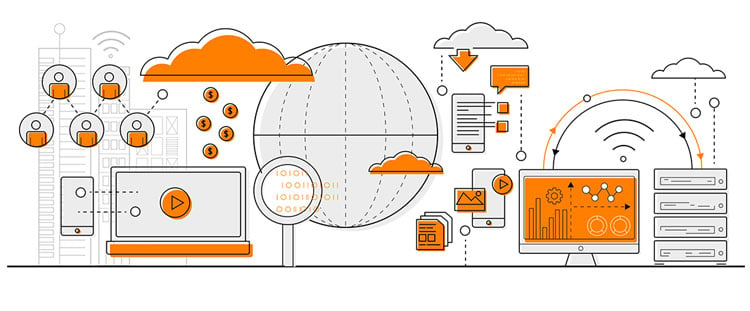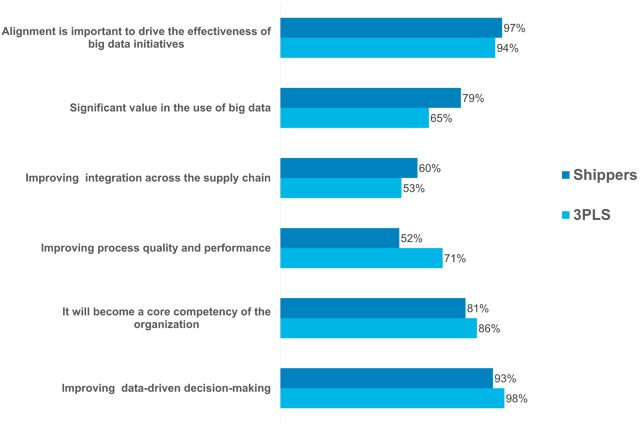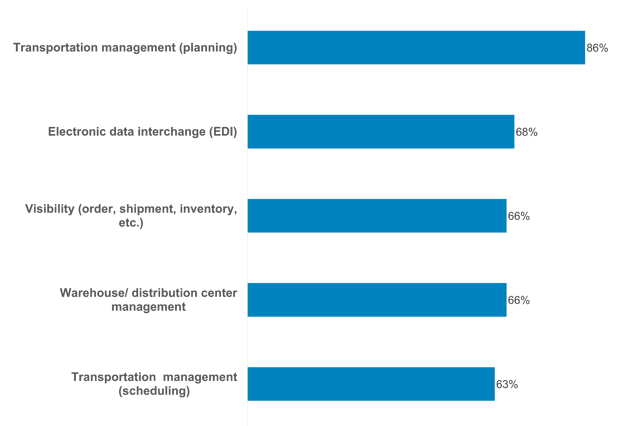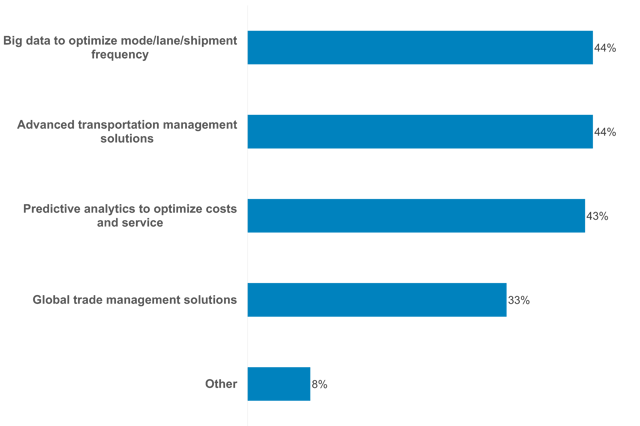
The prospects of the use of big data and information technology (IT) capacities -for instance, in optimization software- has become more important than ever for supply chain managers and their customers, according to a latest third party logistics (3PL) report.
The use of big data in the supply chain industry -especially with third party logistics providers, is an increasing trend. Good fleet management systems and expertise can transform an otherwise inconclusive mass amount of information into trends and indicators which can help in decision making, both in a strategic planning and day-to-day issues.
According to Louis Columbus, contributor to Forbes Magazine: “Big data is providing supplier networks with greater data accuracy, clarity, and insights, leading to more contextual intelligence shared across supply chains.”
That is why the 21st Annual 2017 Third Party Logistics Study shows significant trends of what customers expect from third-party logistics providers. One significant trend is the importance of quality data in transportation & logistics to align performance.
The role and investment in technology used by 3PLs are critical, according to Supply Chain 24/7. “Not surprisingly, technology continues to increase in importance and the role it plays.”
According to the report, “shippers are shifting more decision-making power to 3PLs that are leveraging technology innovations to optimize supply chain processes.”
For Supply Chain 24/7, 98% 3PL’s indicate that improved, data-driven decision-making is essential to the future success of supply chain activities and processes, which was supported by 93% of shippers.
Penske Senior Vice President, Engineering and Technology, Tom McKenna said: “There is now less of a technical concern in regards to big data in terms of collecting, capturing…and storing that data,”
“Platforms are out there today for that. Three years ago, we were still struggling a bit with the architecture for the technical aspects, but now the movement has really shifted to what can be done with it, and there is more of a focus on that.”
The IT Gap for transportation and logistics closes in.
For any supplier or transportation company, the first use of unknown information technologies could look menacing. The study defines this IT gap as “shipper’s opinions on whether they feel information technologies are a necessary element of 3PL expertise and whether they are satisfied with their 3PL providers’ IT capabilities.”
However, respondents say that the need to freely share data contributes to success, but they still have privacy concerns, lack the necessary infrastructure for obtaining data and are worried about the usability of data.
Apart from this, the report suggests that complexities within the supply chain, especially surrounding capacity, or the cost of assets and changes in global infrastructure increase the importance of route optimization.
These “have caused both shippers and providers to look at the entire network rather than focus on moving goods from point A to point B”.
- 71% of shippers said real-time analytics is a helpful attribute of a 3PL to help them better understand shipping alternatives;
- 61% valued 3PLs’ assessments of trade lanes and origin– destination pairs regarding cost and service levels.
Regarding importance, 79% of shippers see significant value in the use of big data, while only 65% of third party logistics providers do.
However, 86% of 3pls claim that the utilization of these technologies will become a core competency of the organization.

Source: 21st Annual 2017 Third-Party Logistics Study
In that regard, the most valued IT-based capabilities by 3pl are transportation management systems for logistics planning, followed by data interchange and visibility.

Source: 21st Annual 2017 Third-Party Logistics Study
Data-driven decision making shaping supply chain optimization
The report explains in detail that the role of big data is taking “greater importance for 3PLs and 4PLs as they look to optimize the supply chain, increase end-to-end visibility and drive supply chain efficiency for their customers."
“Big data also allows those within the supply chain to identify and correct inefficiencies, run “what-if” scenarios, and improve the way they respond to disruptions and mitigate risk."
The report shows that shippers, and logistics providers supplement traditional data with external indicators, such as weather, to predict consumer behavior and identify potential supply chain disruptions.
“Logistics providers that have invested in technology and expertise to utilize big data could have a competitive advantage," the report says. In fact, it could give companies a reason to seek out third-party providers. Also, "as 3PLs and 4PLs take on greater leadership roles with customers, they will likely take on greater roles aggregating and consolidating data."
“Technology providers have seen greater demand from logistics companies looking to increase productivity through the use of collaborative, cloud technology.”
Optimization and transportation management: the most critical innovations in 3pl
Among the innovations or solutions that 3PLs are piloting regarding supply chain management, the most important ones are the use of big data for optimization, as well as transportation management solutions and predictive analytics to optimize costs and service. 
Source: 21st Annual 2017 Third Party Logistics Study
Have you integrated big data in your supply chain? How does your customer value the information?

.jpg)
.jpg)
